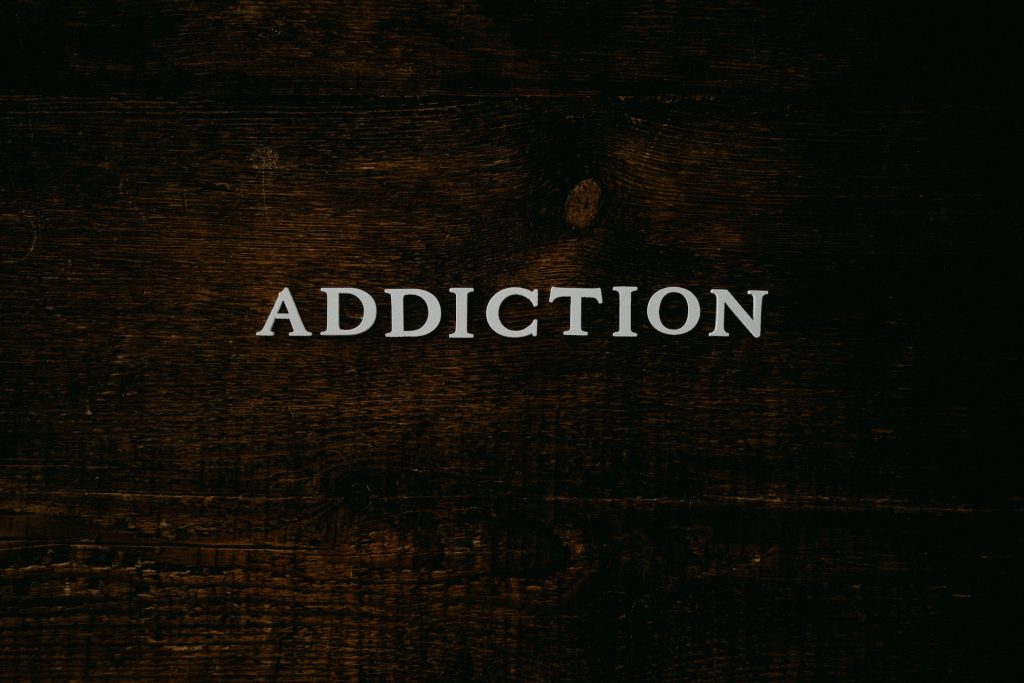In the complex tapestry of human behavior, two shadows often lurk in the corners – addiction and obsession. These invisible chains can weave themselves into the fabric of our lives, altering the way we think, act, and perceive the world. Let’s embark on a journey through the intricate science that underlies these phenomena, exploring the tangled web of biological, psychological, and environmental factors that contribute to the allure and struggle of addiction and obsession.

Dancing with Dopamine
At the heart of addiction and obsession lies the brain’s intricate dance with dopamine, the neurotransmitter associated with pleasure and reward. When we engage in activities that bring joy or satisfaction, our brains release dopamine, creating a sense of pleasure and reinforcing the behavior. This neurological ballet is an inherent part of the human experience, driving us to seek out positive stimuli.
However, in the realm of addiction and obsession, this dance becomes a mesmerizing yet perilous waltz. Substances like drugs or behaviors like gambling can trigger an exaggerated release of dopamine, creating an intense euphoria. Over time, the brain adapts, reducing natural dopamine production and leading individuals to chase increasingly higher doses of pleasure. The result is a biochemical hijacking that fuels the relentless pursuit of the addictive substance or behavior.
Predispositions and Vulnerabilities
While the dopamine dance takes center stage, the genetic symphony plays a crucial role in determining who succumbs to the siren call of addiction or obsession. Genetic factors contribute to an individual’s susceptibility, influencing how their brain responds to addictive substances or behaviors. Studies have identified specific genes linked to addiction vulnerability, shedding light on the hereditary nature of these struggles.
Understanding the genetic component doesn’t simplify the narrative; instead, it adds a layer of complexity. Genetics may predispose someone to addiction, but environmental factors and personal choices still play starring roles in the unfolding drama of dependence.

Escaping or Embracing Feelings
Emotions, those intricate threads weaving through the human experience, become entangled in the web of addiction and obsession. For some, substances or behaviors offer an escape from overwhelming emotions – a way to numb pain or find solace. Others may use them as a means of intensifying positive emotions, creating an artificial enhancement of joy or excitement.
The emotional undertow is a powerful force, drawing individuals into the comforting embrace of addiction or obsession. Understanding the emotional undercurrents allows for a nuanced exploration of the intricate relationship between mental health and the compelling allure of these shadows.
Habit, Craving, and Compulsion
As the dopamine dance continues and genetics contribute their notes, the psychological maze unfolds. Habits transform into cravings, and cravings, in turn, morph into compulsions. The brain, wired for efficiency, carves neural pathways that make certain behaviors almost automatic. Breaking free from these entrenched patterns becomes a labyrinthine challenge, as the brain clings to the familiar terrain created by addiction or obsession.
Psychological interventions, such as cognitive-behavioral therapy, navigate this maze by reshaping thought patterns and behaviors. By understanding the psychological intricacies at play, individuals can begin to unravel the knots tying them to the chains of addiction or obsession.
Culture, Stigma, and Accessibility
No exploration of addiction and obsession would be complete without acknowledging the societal stage upon which these struggles unfold. Cultural attitudes, societal norms, and the stigma surrounding mental health issues shape the landscape of addiction. Accessibility to substances or exposure to certain behaviors also plays a pivotal role in determining the prevalence of addiction and obsession within a community.
Addressing addiction and obsession on a societal level requires dismantling stigmas, promoting mental health awareness, and ensuring that support systems are readily available. A collective understanding of the science behind these struggles empowers societies to foster environments that promote well-being and reduce the prevalence of invisible chains.

In the depths of addiction and obsession, the threads of biology, genetics, emotions, psychology, and society intertwine, creating a complex tapestry. Untangling these threads requires a multidimensional approach that acknowledges the intricate science underpinning these struggles.
As we unravel the mysteries of addiction and obsession, we pave the way for empathy, support, and effective interventions. By understanding the science, we can forge a path toward liberation – a journey where individuals are not defined by their struggles but empowered by the knowledge that change is possible.





